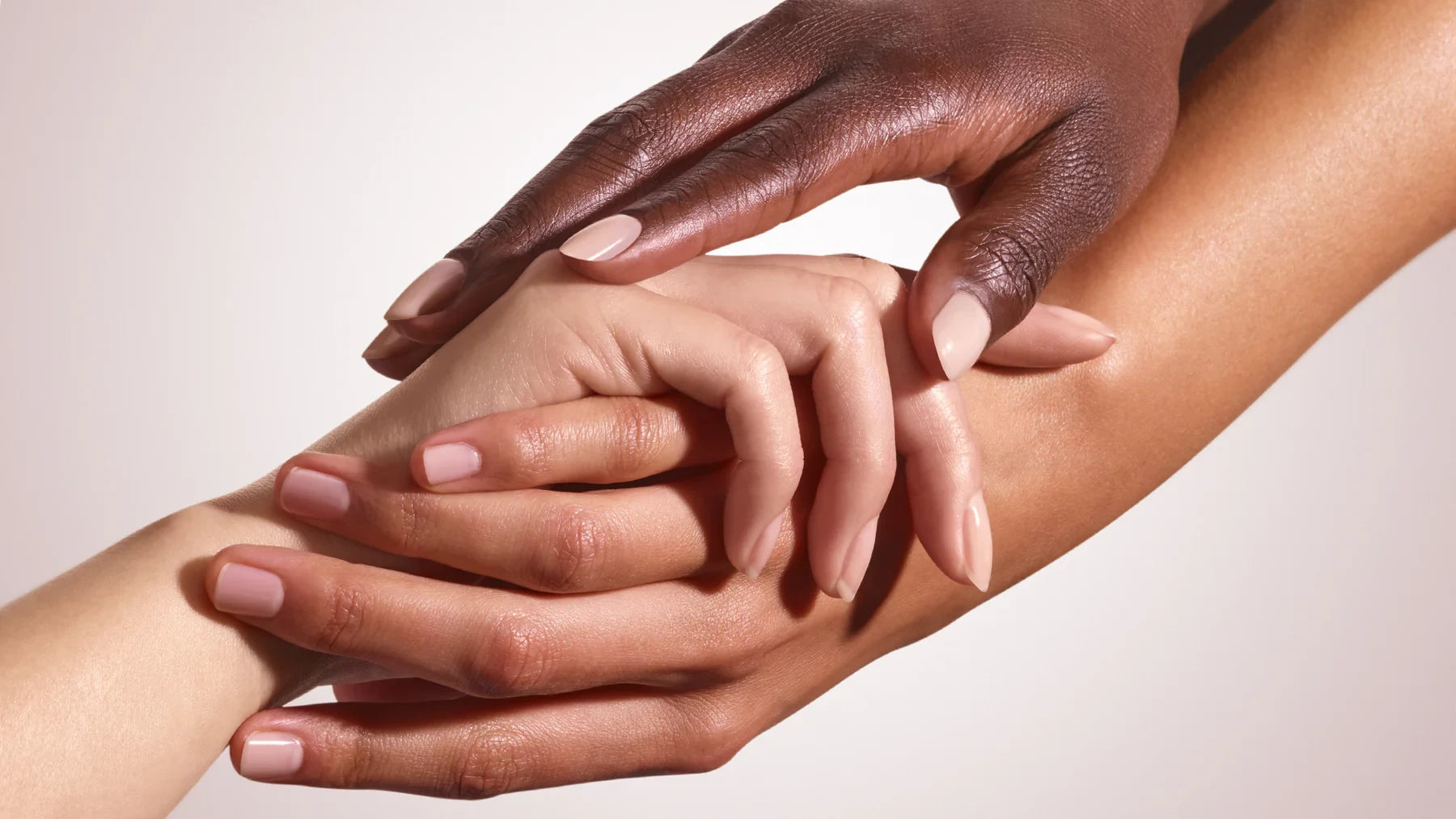When it comes to washing and cleaning atopic skin, it is important to follow a proper bathing technique that helps maintain skin hydration.
To wash atopic skin properly, follow these steps:
-
Bathing Technique:
- Use lukewarm water for baths or showers.
- Limit bathing time to 10-15 minutes.
- Avoid scrubbing the skin vigorously.
- Use a gentle cleanser that is fragrance-free and dye-free to avoid irritation.
-
Moisturizing After Bathing:
- Pat the skin dry with a towel, leaving it slightly damp.
- Apply a high-oil moisturizer within three minutes of bathing to lock in hydration and protect the skin barrier.
-
Special Baths for Eczema:
- Consider special bath treatments like adding gentle oils or baking soda to relieve itching.
- Avoid harsh products that may irritate the skin further.
-
Cleansing Practices:
- Use mild soaps recommended for eczema-prone skin.
- Avoid waterless antibacterial cleansers and alcohol-based products that can trigger flares.
-
Hydrating Creams and Emollients:
- Use hydrating creams or emollients regularly to maintain moisture and prevent flare-ups.
- Apply cortisone cream during flare-ups as directed by a healthcare provider.
-
Frequency of Washing:
- Adapt your cleansing frequency based on the season; wash less frequently in winter when the air is drier.
- Focus on areas prone to eczema flare-ups, such as the face and perianal region.
-
Selecting Suitable Products:
- Choose cleansing oils, syndets (synthetic detergents), or dermatological bars that are non-irritating and free of allergenic substances.
- Avoid overwashing, as atopic skin lacks natural oily substances and can be sensitive to harsh detergents.
Remember to consult with a dermatologist or healthcare provider for personalized advice on managing atopic skin and eczema symptoms.







